Your January Movement Assessment
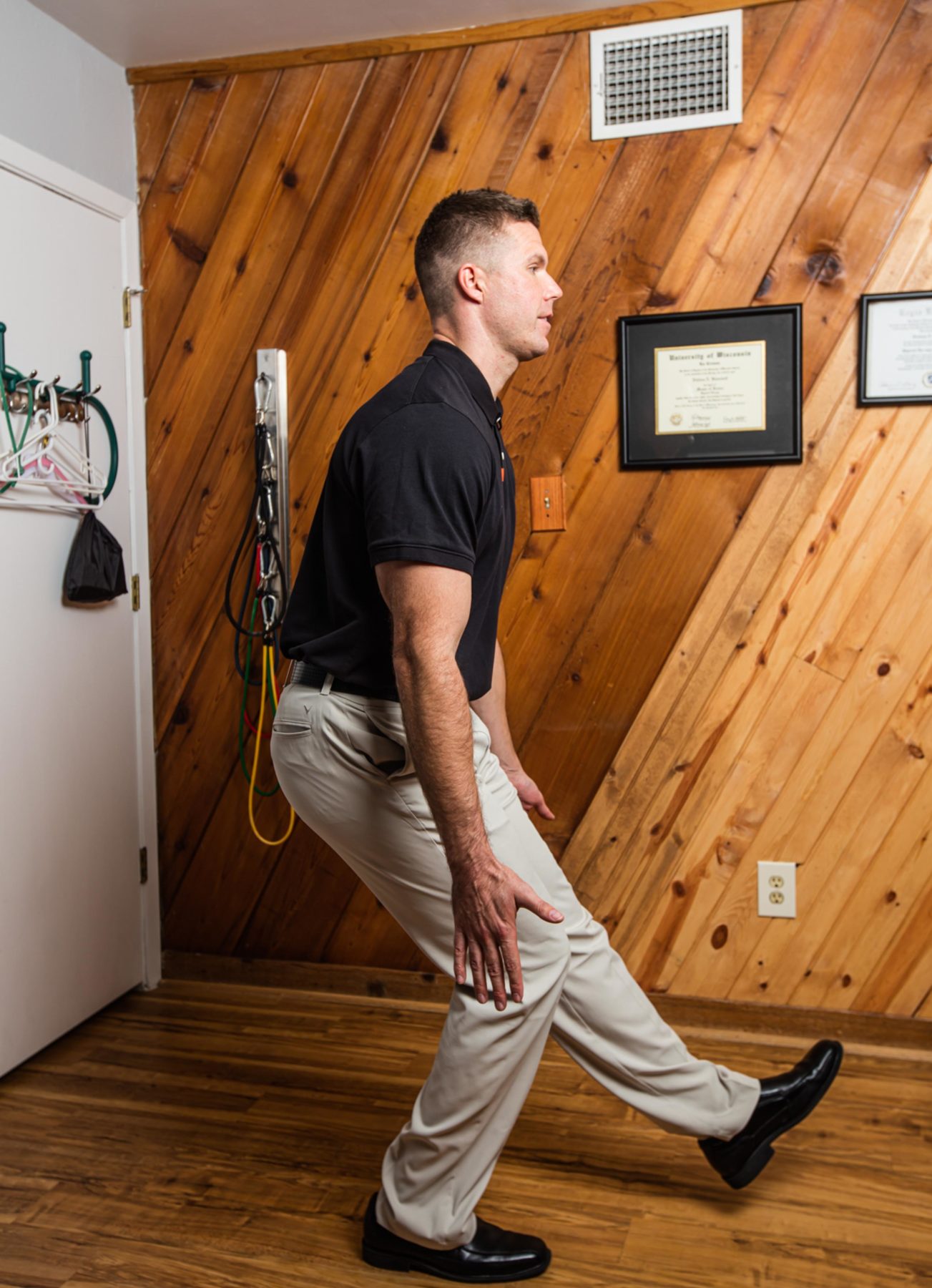
It’s that time of year again — when most people have made resolutions to live a healthier life, work off the indulgences of the holidays and get back into shape. Of course, by April, many of those best-laid plans will be largely abandoned, but it’s not just willpower that will keep many from achieving their 2021 fitness and health goals. There’s another powerful, yet easily avoidable reason that makes people unable to fulfill those resolutions.
If you’re currently working to get in better shape but haven’t been consistently exercising during the past couple of months, there’s something you need to know. Every January, gyms, running trails and bootcamps see a flood of new people who haven’t exercised regularly for at least a few months. Similarly, every January through March we see a big increase in patients at our physical therapy clinic who were injured in pursuit of the noble resolution to make the new year a healthier one than the last.
One of the most ironic components to these resolution-challenging injuries is that most of them could have been easily avoided if the predisposing factors were identified and addressed ahead of time, and most of those injury predispositions are easy to identify with a simple movement assessment.
In other words, the most common injuries that derail people from their New Year’s fitness resolutions can usually be avoided, and in many cases, it doesn’t even require a healthcare professional to do so.
In fact, although it’s no substitute for the trained eye of a good physical therapist, you can actually perform your own self-assessment for many of these common predisposing factors to injury.
This short movement assessment will not identify every possible exercise-related injury predisposition; that would require the help of a trained professional. However, it can bring to light some of the most common things that land people in my physical therapy clinic.
1. Overhead Reach
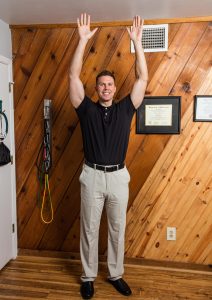
This movement will primarily help you detect rotator cuff impingement or other shoulder movement problems that are the source of many weight-lifting injuries, especially with overhead lifts and pull-ups. A pinching or painful feeling when reaching overhead, or even just a lack in the full range of motion, can indicate that you are set up for some level of shoulder injury. Shoulder impingement/injury has always been one of the top three most common injuries amongst CrossFitters.
2. Back Extension and Flexion
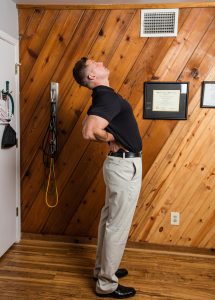
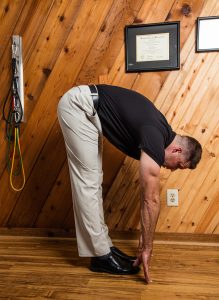
As a former springboard diver, this one is near and dear to my heart, as we would go from extreme back extension into extreme flexion for our hardest backward spinning and gainer dives. Most people don’t have to go anywhere near those extreme ranges of motion in their sport or in the gym, but mild to moderate limitations in those movements can still lead to a variety of injuries, especially if you lift moderately heavy weight.
3. Body-Weight Squat
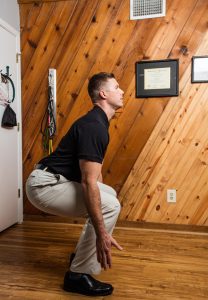
It always amazes me how many people think that they squat in a balanced, symmetrical way, but when they watch themselves do this quintessential, functional motion in the mirror, they realize they are overloading one side more than the other. In addition, if someone is overloading one side or performing other abnormal movements (like their knees dropping inward), this can lead to injury.
4. Single-Leg Squat

I use this one more than any other assessment movement. It reveals so many potential issues, and it’s incredibly common that even really fit people show injury predispositions with this movement. The most common thing we see with the single-leg squat is that the knee drops inward. This places a variety of abnormal strains to multiple tissues and can cause everything from meniscus damage to IT Band Syndrome to plantar fasciitis — the list goes on. Seriously, the list goes on quite a ways, so if you find you have this movement dysfunction with the single-leg squat, it’s extremely important that you work hard to strengthen your hip external rotators.
5. Ankle Range of Motion
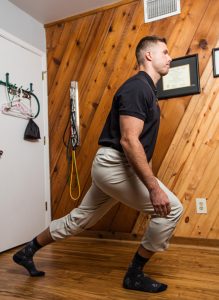
I call this ankle movement a “knee driver,” because you’re driving the knee forward over the toes to test an ankle motion called dorsiflexion. That range of motion is limited for a surprising amount of people, especially those who have experienced ankle sprains at some point through the years. Even ankle sprains that occurred years ago can leave a person with limited dorsiflexion, even when the pain from the initial injury was gone in a few weeks or months. Limitations in that range of motion can lead to a handful of injury-causing compensations and overloading of other joints and tissues.
This self-assessment will take you less than 10 minutes to complete and could save you months of pain and missed workouts. If it reveals any injuries waiting to happen, seek out a good physical therapist to help you resolve them before they become a problem. Many PT clinics do detailed injury risk assessments and have specials on that service at the beginning of each year, when so many people need it most.
Jarod Carter PT, DPT, MTC is the founder of Carter Physiotherapy, where active people in Austin go to quickly recover from injury so they can keep playing their sport, exercising, and enjoying life. Offering specialized hands-on manual therapy as well as online telehealth treatment options, all sessions are one-on-one with a Doctor of Physical Therapy and designed to get you maximal results as quickly as possible. Jarod is also the author of two books and has helped thousands of healthcare providers around the world to create private practices offering the highest level of treatment and care. Jarod provides monthly resources and discounts specifically for Austin Fit Magazine readers here: www.CarterPT.com/AFM






